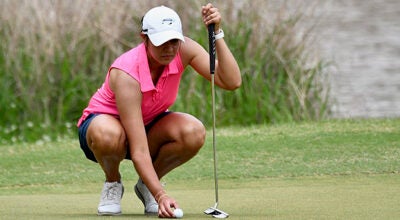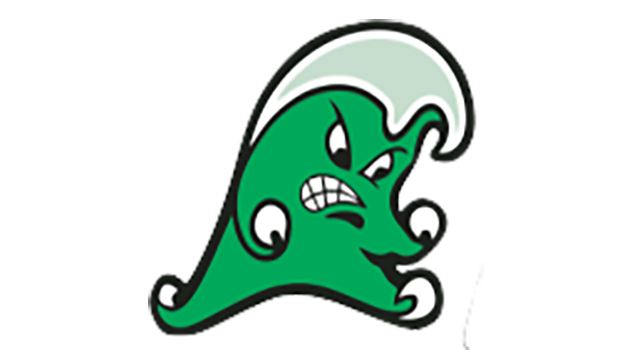For youth, competitive tee ball is better
Published 12:01 am Sunday, July 7, 2013
Most of my memories of tee ball are vague at best, save for a few particular moments that still stand out.
The fields on which we played were literally a short walk from the very first house I lived in when I was a young child in Neptune, N.J. I didn’t particularly enjoy getting up at the crack of dawn, since I did that plenty of times for school.
I recall one time where the daredevil in me decided that I was going to hit an inside-the-park home run or else. I took off running to second, then third, then home, watching the other children haplessly trying to stop my progress.
It’s hard to blame them, really. At just a few years of age, they had no idea what to do to stop an advancing runner. The only person capable of keeping me from scoring was my coach, a rather large man who met me at home plate, tackled me on the ground and promptly told me to go back to first.
That was probably my favorite memory of Neptune Little League tee ball. One of my not-so-fond memories was the fact that all the games allegedly ended in a tie.
“Tie score, 14-14,” or something along the lines, was the explanation every time I or one of my teammates asked who won. The young skeptic in me never did quite understand how the games always ended in a tie.
Until this past regular season, Natchez Dixie Youth opted to go with the same non-competitive format for its tee ballers. The argument was that children ages 5 and 6 need to be learning the basics of the game and simply having a good time, not worrying about who wins and loses. It also prevented coaches and parents from getting a little too competitive.
I can certainly understand the latter part of that argument. Coaches and parents sometimes do get a little too into what’s going on, and that’s certainly not to be encouraged.
But this spring, Natchez Dixie Youth decided to go with a competitive tee ball format. In addition to learning the basics of the game, children also began to learn how to handle winning and losing.
This move by the Natchez Dixie Youth was the correct one. The earlier a child learns to win with grace and handle losing appropriately, the better off that child is in the long run. That way, by the time they get to the coach-pitch level (ages 7-8), it’s one less adjustment for the children.
Winning and losing is a part of baseball — a part of sports. There’s no need to shelter children from that aspect of the game. Better to introduce it up front, especially since the children are asking who won after every game anyway.
With the addition of competitive tee ball comes the chance for tee ballers to be selected to the all-star squad after each regular season. This also provides a good learning experience for local youth. Now the children learn to handle being selected — or passed over — the all-star team at a younger age. Again, it’s one less adjustment by the time they graduate to coach pitch.
It also gives them a few more years to possibly make the all-star team and enjoy the experience of postseason baseball.
Credit goes to Natchez Dixie Youth for seeing the wisdom in bringing competitive tee ball to its league. And coaches, if you still feel the need to stop a child from stretching out an inside-the-park home run, be gentle when you meet him at home plate.





